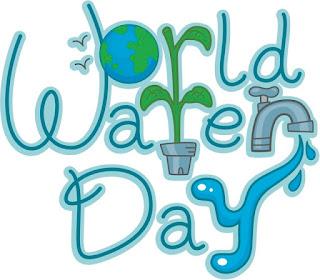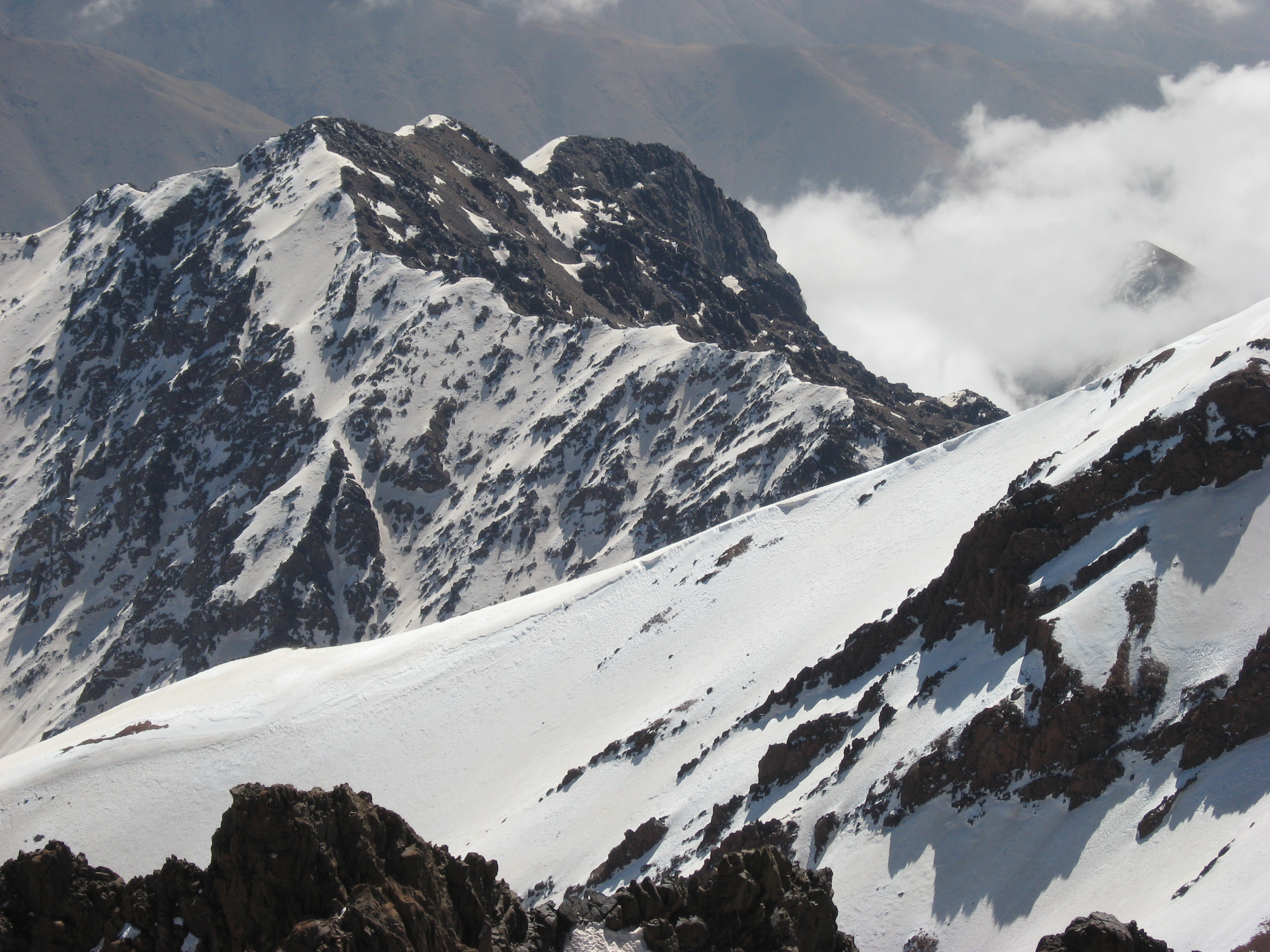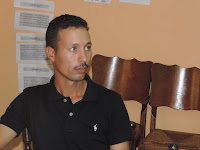Dar
Si Hmad's new video series "Streaming the Water School" shares vignettes highlighting different elements of the Water School. The first
installment, "Where It Happens," captures the remote location of the
villages of Tnin Amelou and Id Aachour in Aït Baamrane, the classrooms
where students learn about the unique ecology of their communities, and
the schoolyard where the children take what they have learned outside to
explore the natural realities of their world. The rural villages of
Aït Baamrane just 30 kilometers southeast of Sidi Ifni are poised at the
intersections of the Sahara, the Atlas Mountains, and the Atlantic
Ocean. Its distinctive geography contributes to beautiful landscapes and a rich cultural heritage, but also limited economic opportunities, poor educational
infrastructure, encroaching desertification, and increasing drought
cycles.
To
combat these challenges, Dar Si Hmad's Water School leverages the local
environment as a learning tool to engage students ages 7-14 with
hands-on activities to encourage sustainable management of natural
resources and ensure the region's socio-ecological vitality. The Water
School responds directly to the environmental needs of Aït Baamrane's
next generation, providing them with access to a greater quality of
education today and equipping them with the skills their communities
will need tomorrow.
Since
water is a precious and newly accessible commodity in these
communities, the curriculum encourages children to explore water
conservation and to better understand the fog harvesting technology
their villages are benefitting from. Educating youth on the importance
of proper management of water and natural resources is critical to
ensuring the region’s socio-ecological vitality and working towards a
more sustainable Morocco.
On Tuesday, we celebrated World Water Day. This year's theme was "Water and Jobs". In Tuesday's blog post, we highlighted Zaina and Hussein, two Aït Baamrane natives who are employed by Dar Si Hmad's fog project. Abdelrahman, our fabulous driver, and Fatiha, our fantastic Water School teacher featured in this post about World Wildlife Day, are two others whose jobs are directly related to the water sector. But for Dar Si Hmad, every day is Water Day, and all of us depend on healthy ecosystems! Our Water School is about working with young people to understand the links between the natural environment, society, and ourselves. Learn more by following us on YouTube to catch more installments of our “Streaming the Water School” series. You can read more about our fog-harvesting project in this recent article in The New Yorker and follow us on Facebook, Twitter, Instagram, and Flickr to hear the latest from Dar Si Hmad. We hope you'll join us in promoting sustainable livelihoods, community resilience, youth empowerment, and environmental justice in Southwest Morocco.















